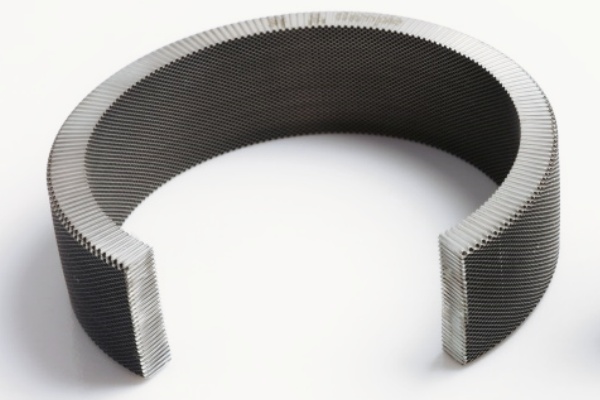To be a valuable global supplier
for metallic honeycombs and turbine parts
Release time:2025-09-23
Pop the hood or crawl under a car, and you’ll probably spot a chunk of metal in the exhaust system. That’s the Catalytic Converter. It doesn’t look flashy, and most drivers don’t even think about it, but without it, the air around busy roads would be a lot dirtier.

Here’s the simple idea: every time your engine burns fuel, it gives off more than just power. Along with it comes carbon monoxide, unburned fuel vapors, and nitrogen oxides. All of these are bad news for both people and the environment. The Catalytic Converter steps in right before those gases escape the tailpipe. Inside, its honeycomb structure and special coating turn most of those harmful fumes into things that are far less dangerous—like carbon dioxide, water vapor, and nitrogen.
What makes the Catalytic Converter clever is its design. That honeycomb inside isn’t random; it’s built to give the exhaust as much surface contact as possible without blocking the flow. The coating on it—made with precious metals—doesn’t wear out quickly and helps the chemical reactions happen faster. That’s why the converter can keep working for years without you even noticing it’s there.
Modern cars use what’s called a “three-way” Catalytic Converter, which means it handles three jobs at once: it cleans up carbon monoxide, burns off unburned fuel, and breaks down nitrogen oxides. Without it, every trip to the store or commute to work would add way more smog to the air.
Like any part, a Catalytic Converter isn’t forever. It can clog up or lose efficiency over time. Usually, the first sign is a check engine light or sluggish performance. Swapping it out isn’t cheap, but it’s one of those parts you really can’t ignore if you want the car running right and staying legal.
So yeah, the Catalytic Converter may not get much attention, but it’s a quiet workhorse. It doesn’t boost horsepower or make your car look cooler, but it’s one of the biggest reasons modern vehicles run cleaner than they did a few decades ago.